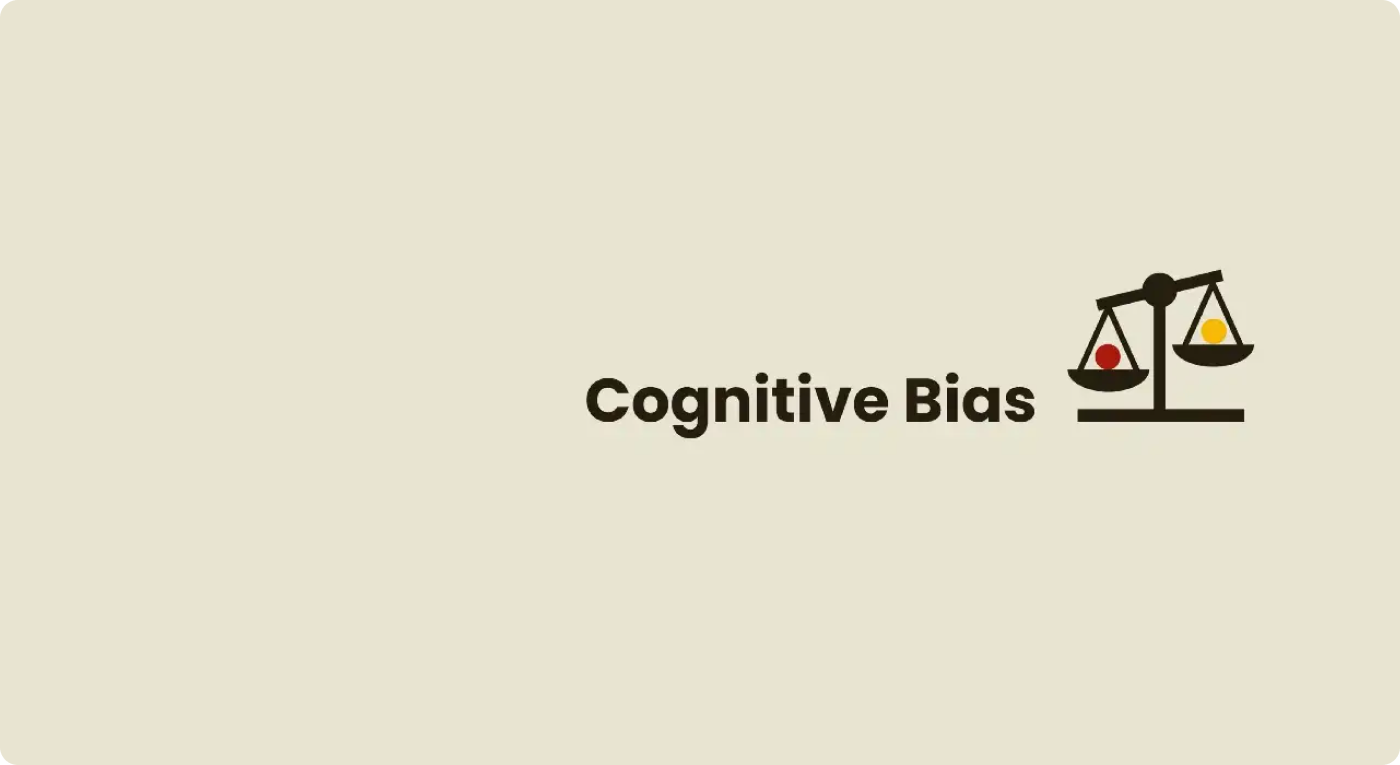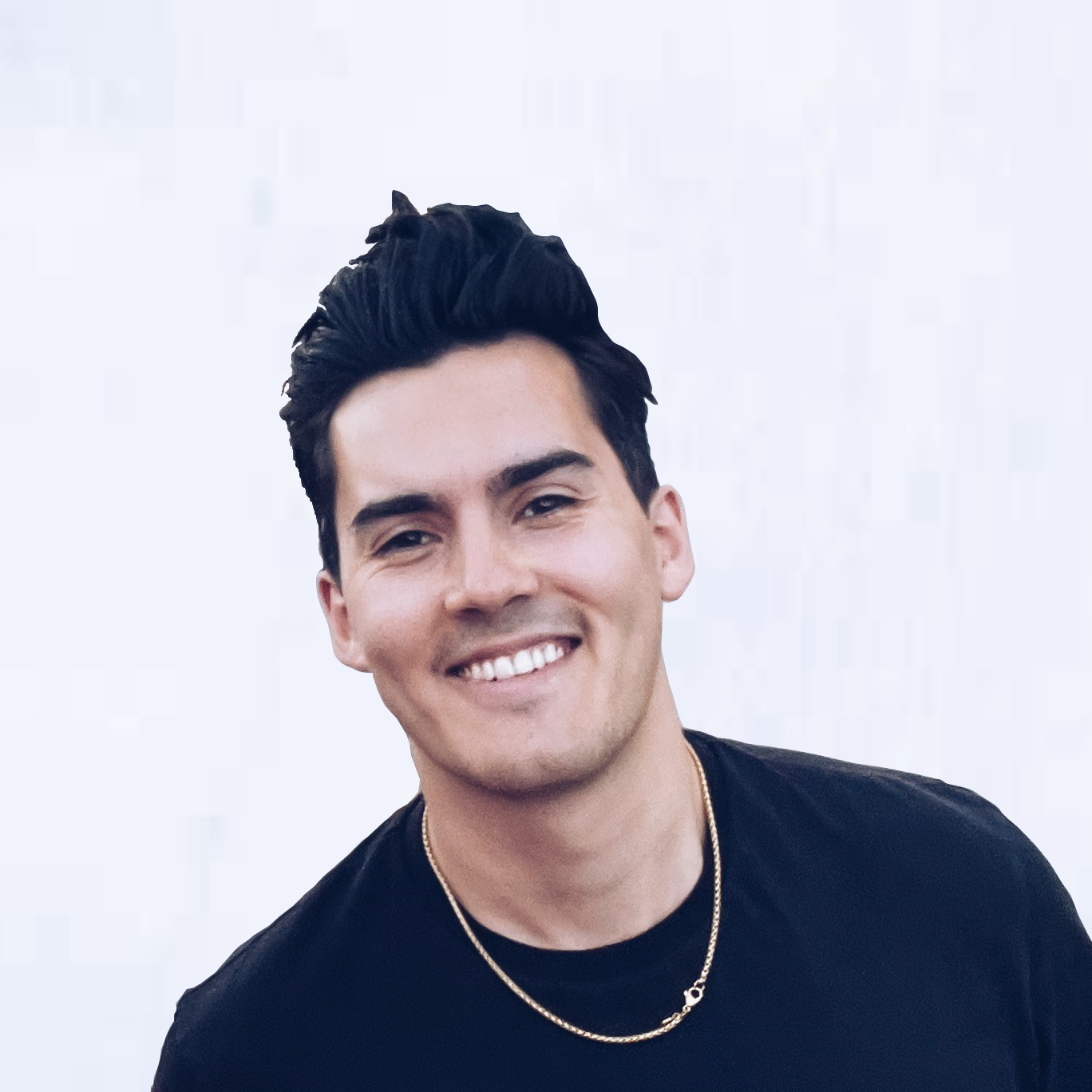Understanding cognitive biases are not only important for UX Research and UX design, but also for navigating everyday life. Bias seeps into our judgment and thinking which can warp the reality of experience based on our subjective views.
I began to learn about the different bias’s during my UX Research bootcamp but decided to further my understanding of this by reading ‘Just Enough Research’ by Erika Hall and utilizing the Nielsen Norman Group’s vast array of useful information. My findings are documented below via 10 illustrative visuals.
1. Sampling Bias
Sampling Bias occurs when members of the target population are not selected correctly. Using an example, you are designing an app to help people with food intolerances document their meals and are looking for adult males (ages 20–30), adult females (ages 20–30), and teenage males and females (ages 15–19) who have food intolerances as your target sample. However, if all your sample subjects are solely adult males and teenage females, this creates a bias and unrepresentative sample.
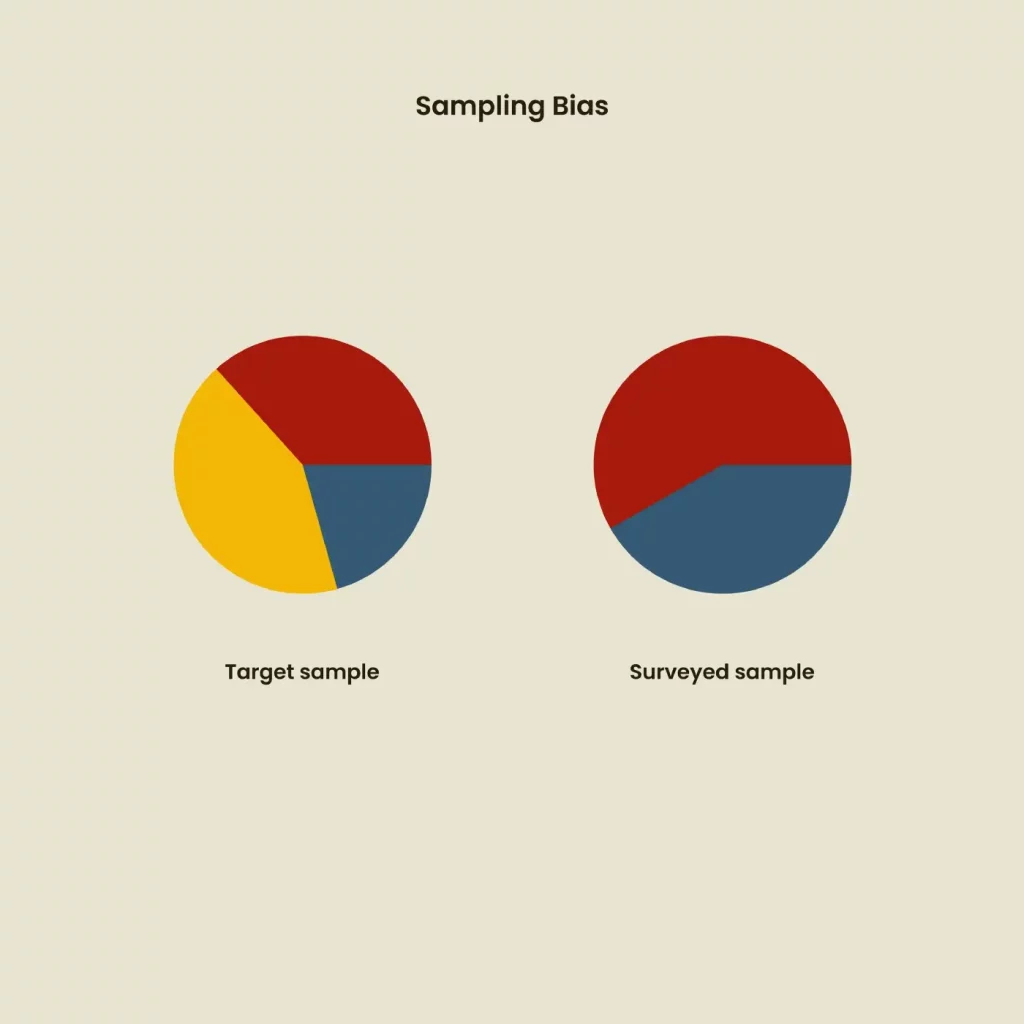
2. Sponsor Bias
Sponsor bias is where a research study favors the aims and interests of an organization with the findings of a study skewed towards the organization’s objectives. Be aware if X organization offers to: provide you with transportation to their HQ; pays for your time and gives you financial rewards for participating; gives your food, beverages, discounts, and warmth. Although a participant may try to be as objective as possible, the incentives and rewards given to them may skew their evaluations and responses in favor of X organization.
As Erika Hall notes in Just Enough Research, this can be countered by using a general description of the organization’s goals without naming the specific company.
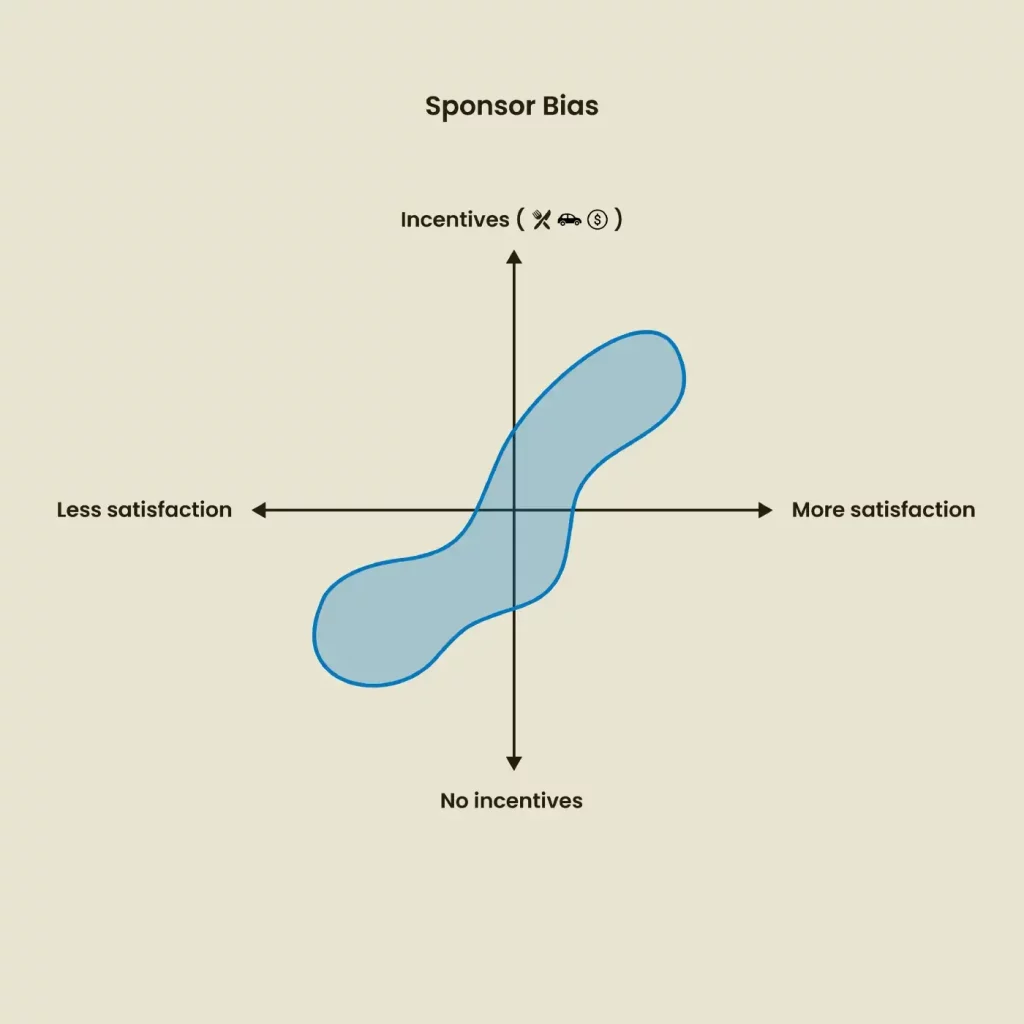
3. False-Consensus Bias
False-consensus bias is where a person assumes that other people share the same beliefs and would behave similarly in a specific context. For example, if a start-up is designing an app but make not research the needs of the end users, this could be disastrous as the end user may have completely different requirements to those that the start-up is assuming. Further information on this bias can be found here: https://www.nngroup.com/videos/false-consensus-effect/
This bias can be reduced by working directly with the end user and using a variety of research methods to enhance the validity of findings. Triangulation could be used to increase credibility, by using multiple approaches/sources when analyzing data.
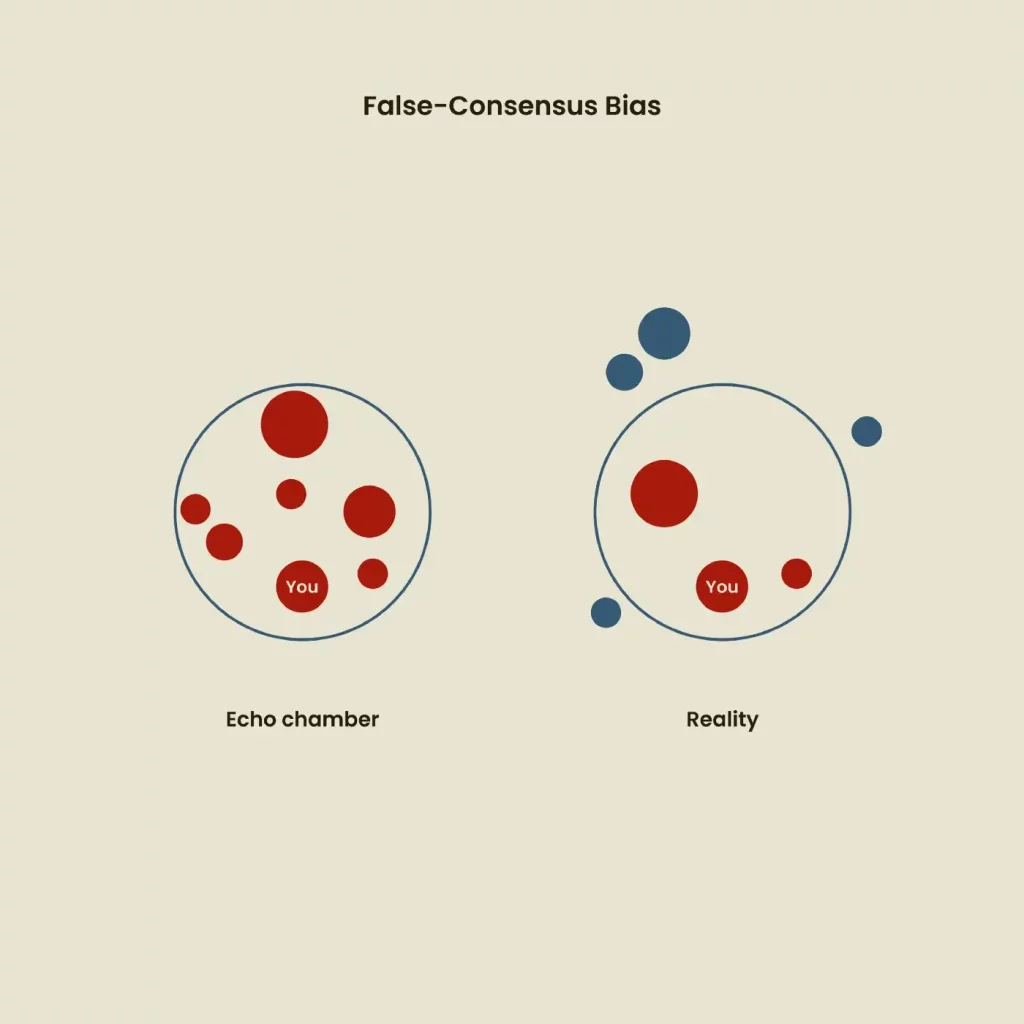
4. Interviewer Bias
This particular bias is something I found difficult myself when conducting interviews as part of my UX research bootcamp. Remaining neutral as an interviewer is a skill that requires practice and patience. Avoid leading questions that frame the narrative in a specific way as the interviewee needs to explore the questions using their own interpretation. During the interview itself, the interviewer’s facial expressions should remain as neutral as possible as nodding/smiling at specific points could subtly influence the interviewee’s responses.
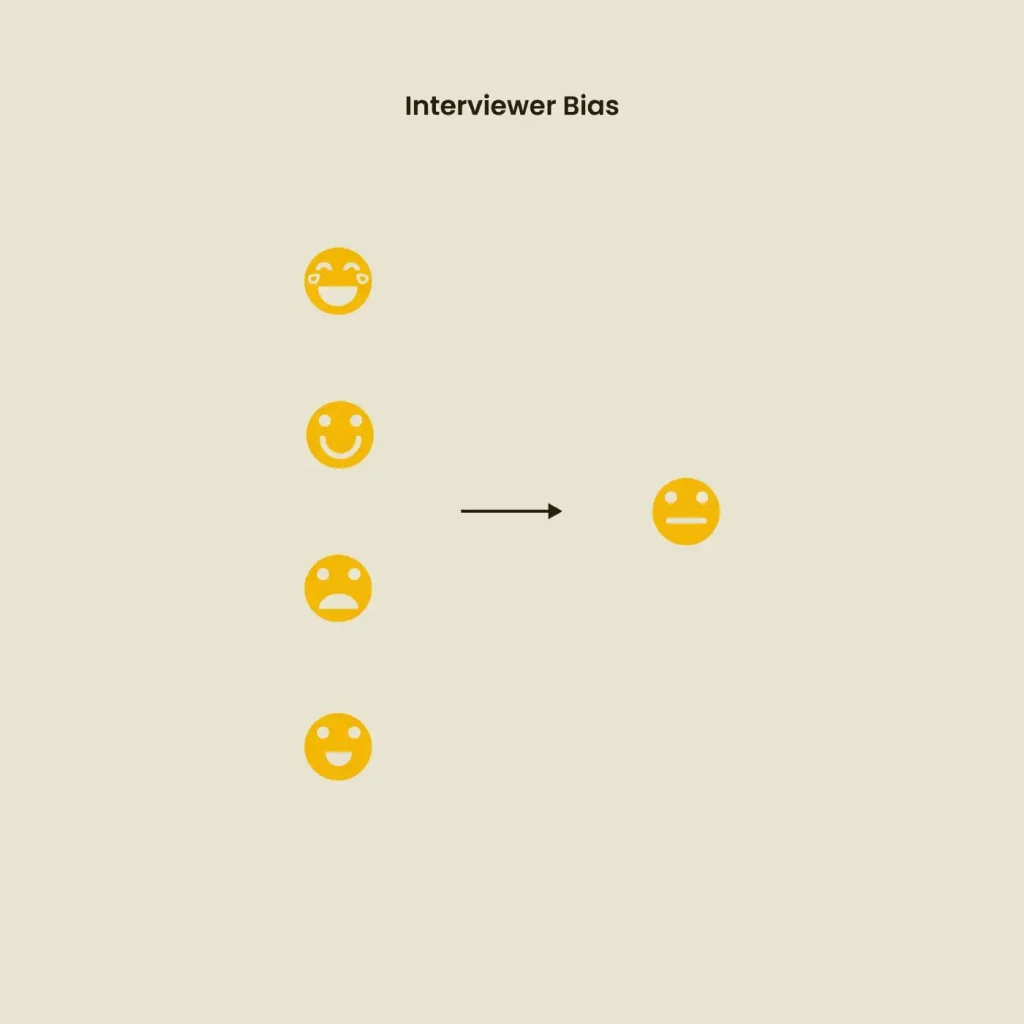
5. The Curse of Knowledge
The curse of knowledge is where a person assumes that other people have the same level of understanding of a specific subject as they do. Reducing this bias is particularly important during UX research interviews and surveys as difficult, technical language could confuse the participants and affect the research. It may be beneficial during interviews to speak to participants as if you are also new to the topic, allowing them to expand on their answers and how they see best as the researcher’s existing knowledge may influence the participants.

6. Confirmation Bias
Probably the most commonly known form of bias. This is where people spotlight evidence that confirms their assumptions and discount data that doesn’t support these assumptions. You see this in the echo chamber of social media where a network of people is more likely to display similar views, creating polarization between different groups of people.
If there is a particular research goal a researcher with confirmation bias is investigating and the evidence appears to be against their assumptions; they may ignore the evidence in favor of their beliefs. As a result, the research or product may be designed without the end user’s best interests in mind.
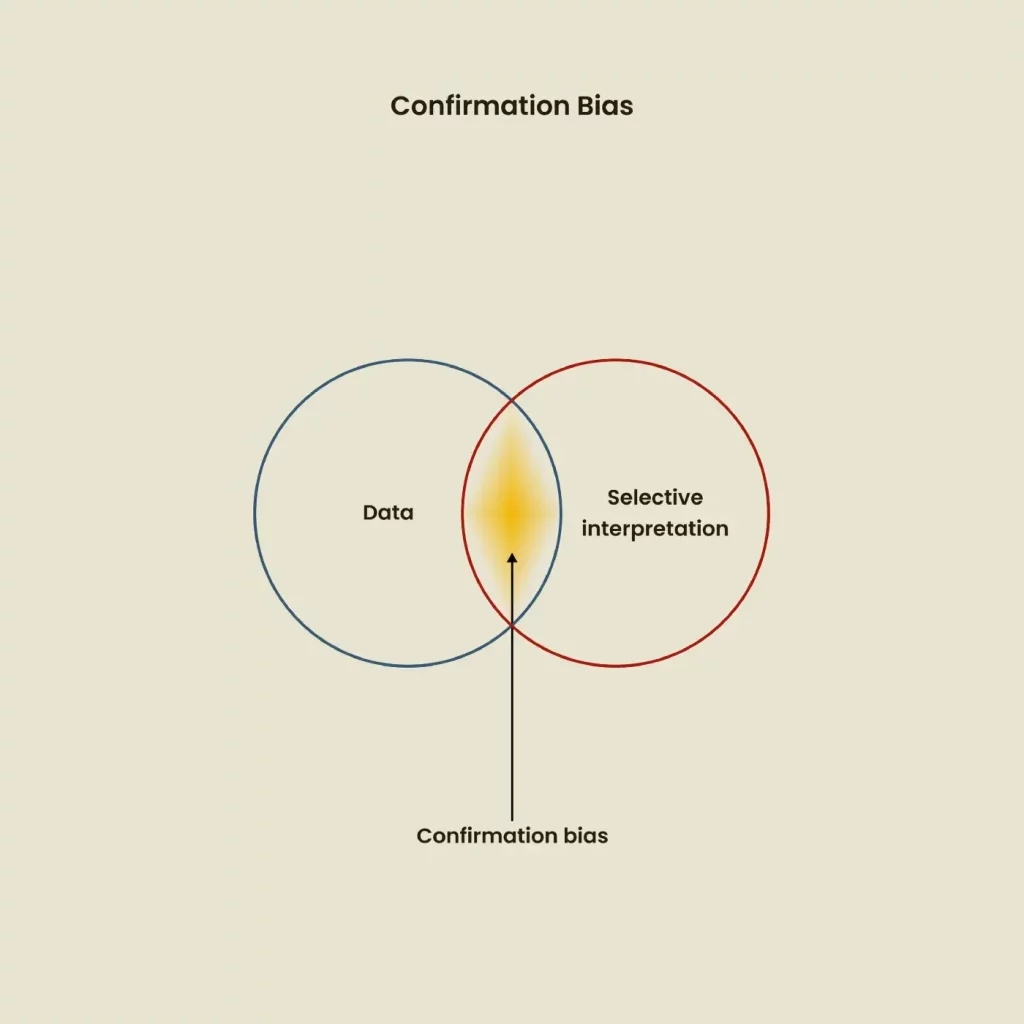
7. Design Bias
Within UX Research, design bias refers to how the study is constructed and conducted. If information is left out of the study or amplified based on your personal goals, assumptions, and preferences — this can lead to design bias.
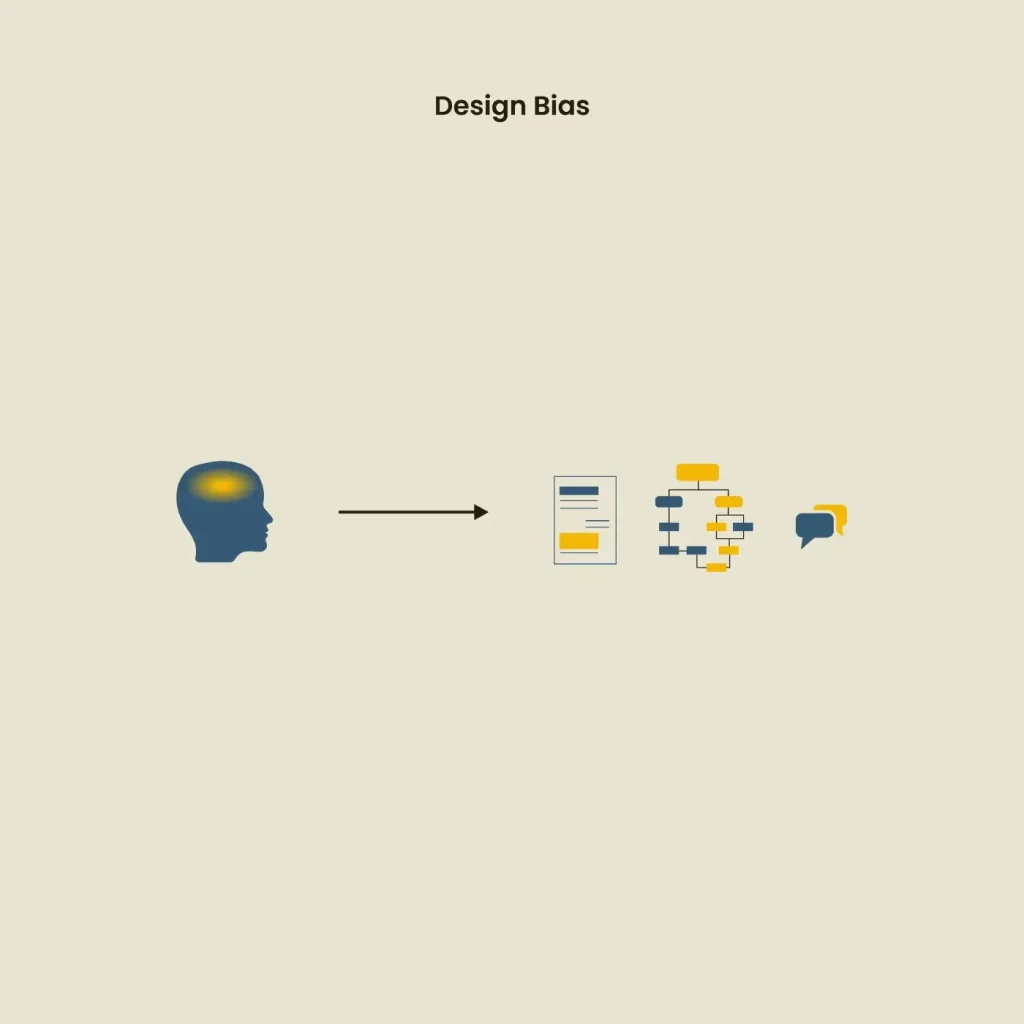
8. The Hawthorne Effect
Remember those times in school when you would behave differently when the teacher wasn’t looking? Or when you’d act differently when your parents weren’t observing you? This ‘Hawthorne Effect’ can happen during a UX research study, whereby the people you are studying change their behaviors because you are there watching them. Participants may act differently and watch what they say to avoid what they perceive as judgment.
To counter this, researchers should try to blend into the background as much as possible and encourage participants to act as if no one is around.
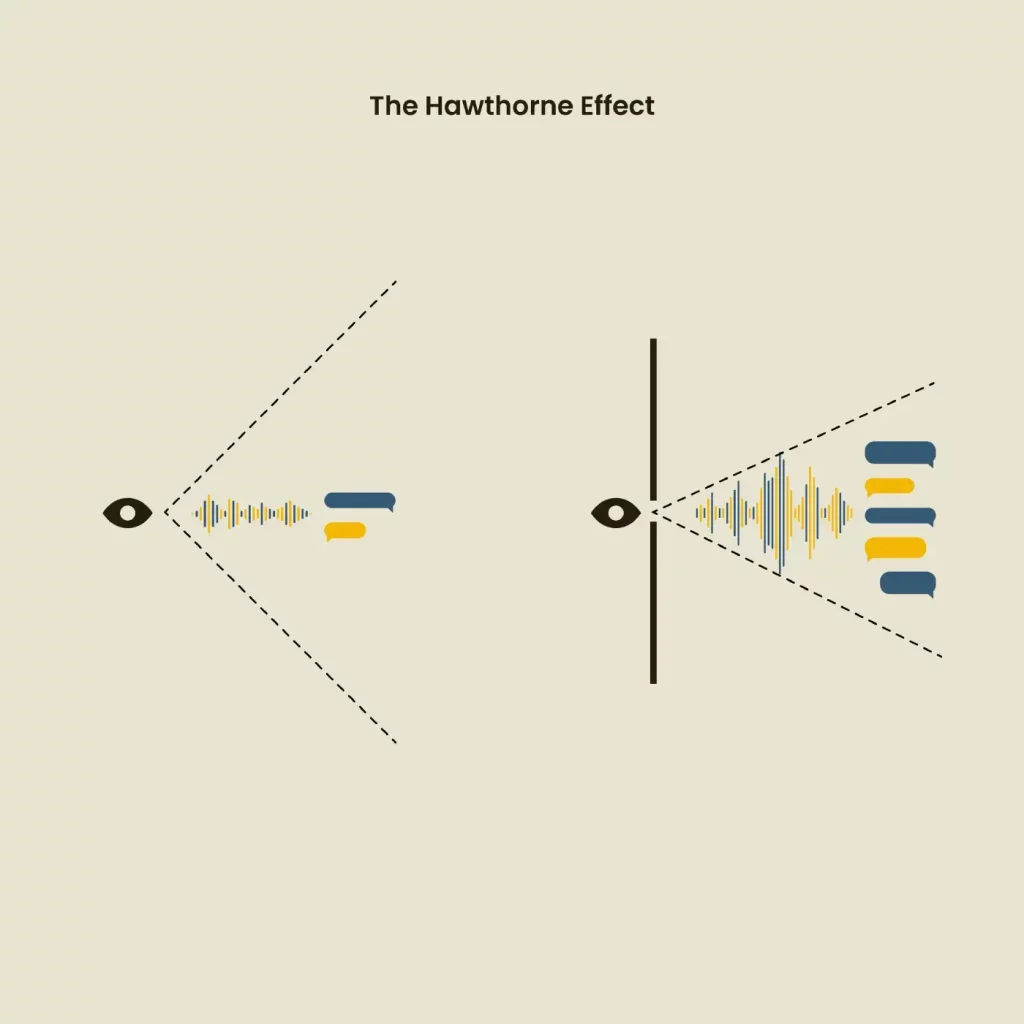
9. Social Desirability Bias
People have an ingrained desire to be part of a collective to avoid rejection and dislike towards them. During research interviews, interviewees may lie and skew their responses to not look out of place or embarrassed in the presence of the interviewer. To counter this, researchers should reinforce confidentiality in studies and try to promote participants to act as honestly as possible. This is also why observational studies can be more beneficial than interviews in reducing this form of bias as participants may behave more naturally.

10. Recency Bias
Recency Bias refers to the human tendency to give more weight or value to more recent experiences. Take school for example. Say you received a bad grade during a recent exam but received excellent grades in the previous 7 exams you completed. You might still profoundly remember the one recent bad exam result instead.
Within UX research, recency bias can emerge if a researcher bases their assumptions on the most recent findings instead of looking at all the previous data and results.
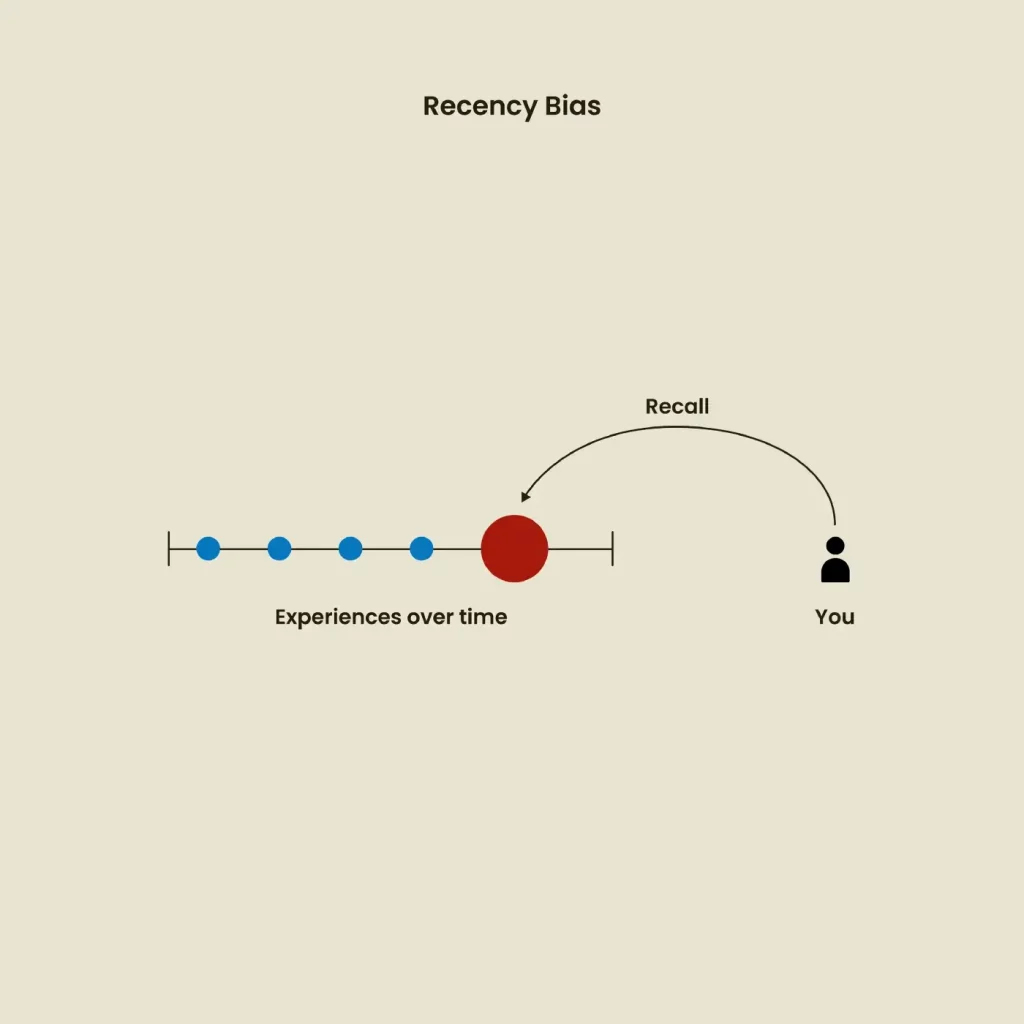
I hope you enjoyed reading about the different biases found in UX design, research, and the real world.



